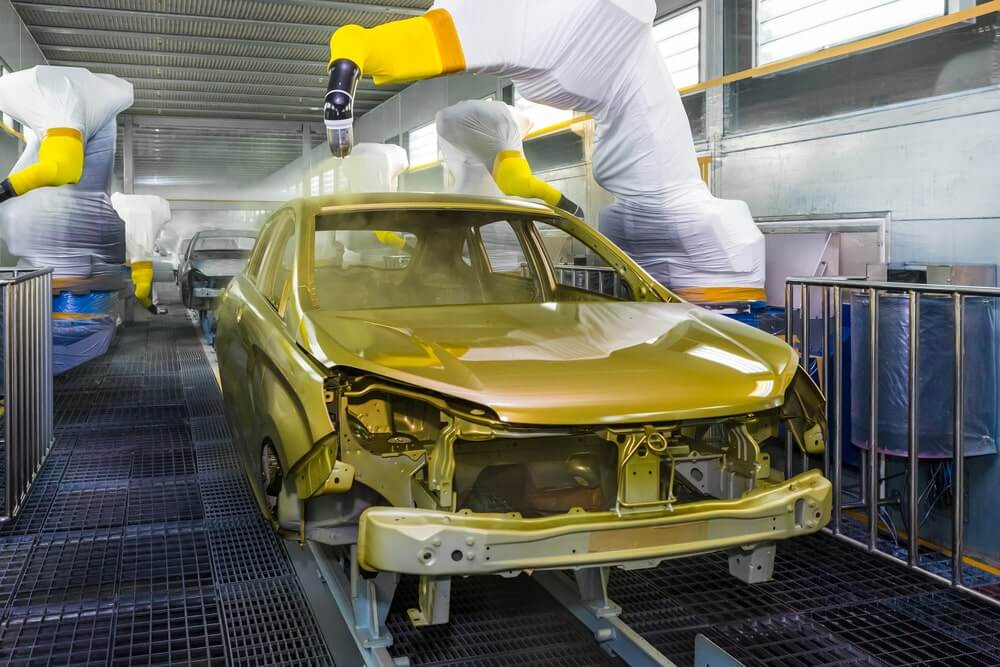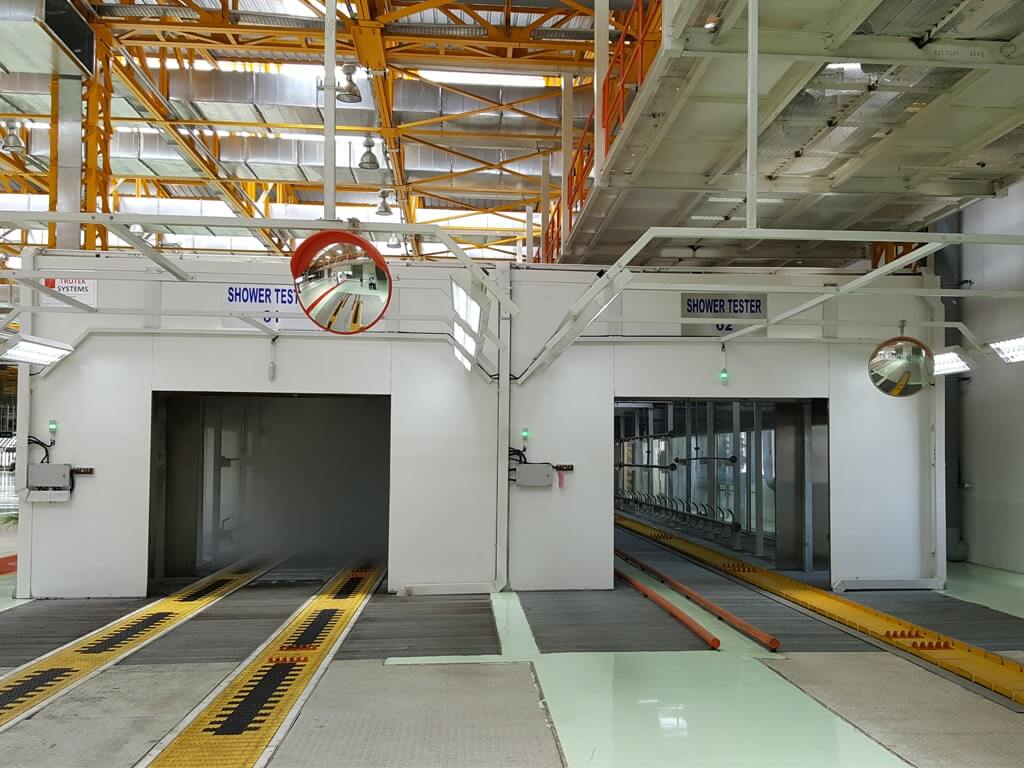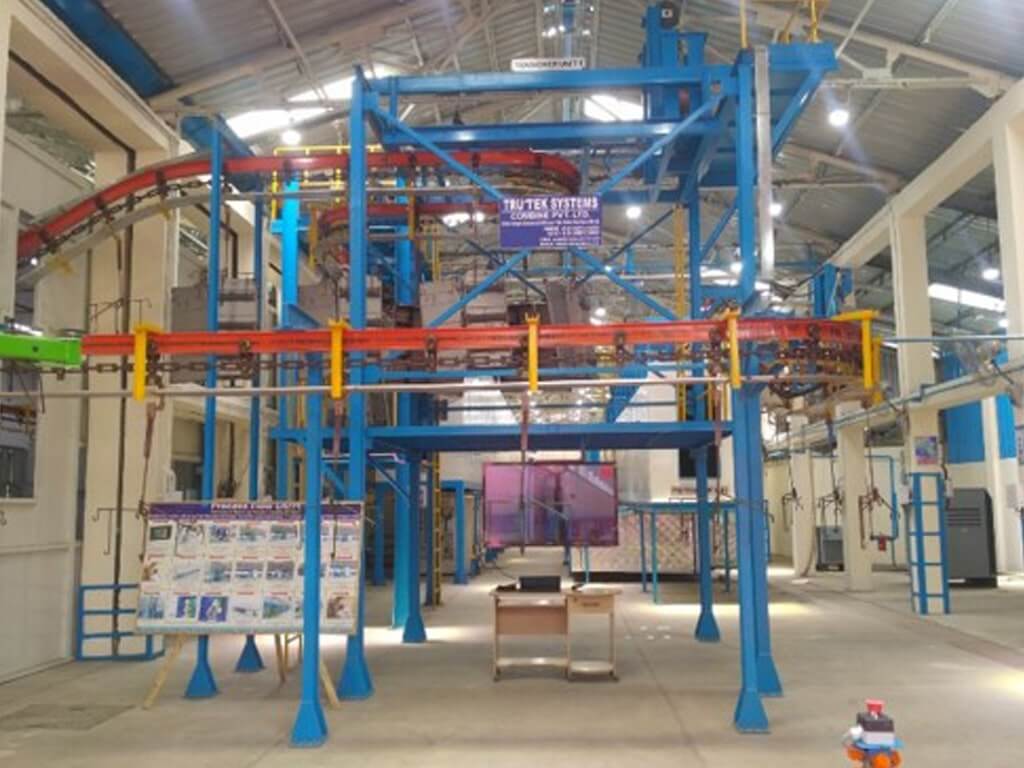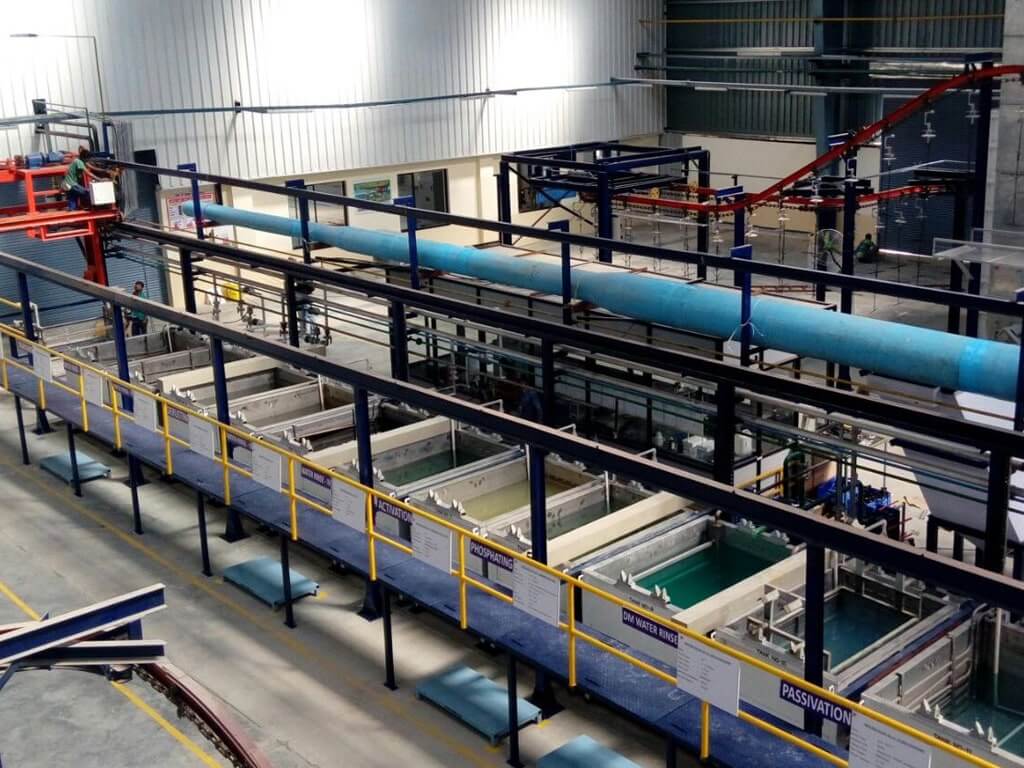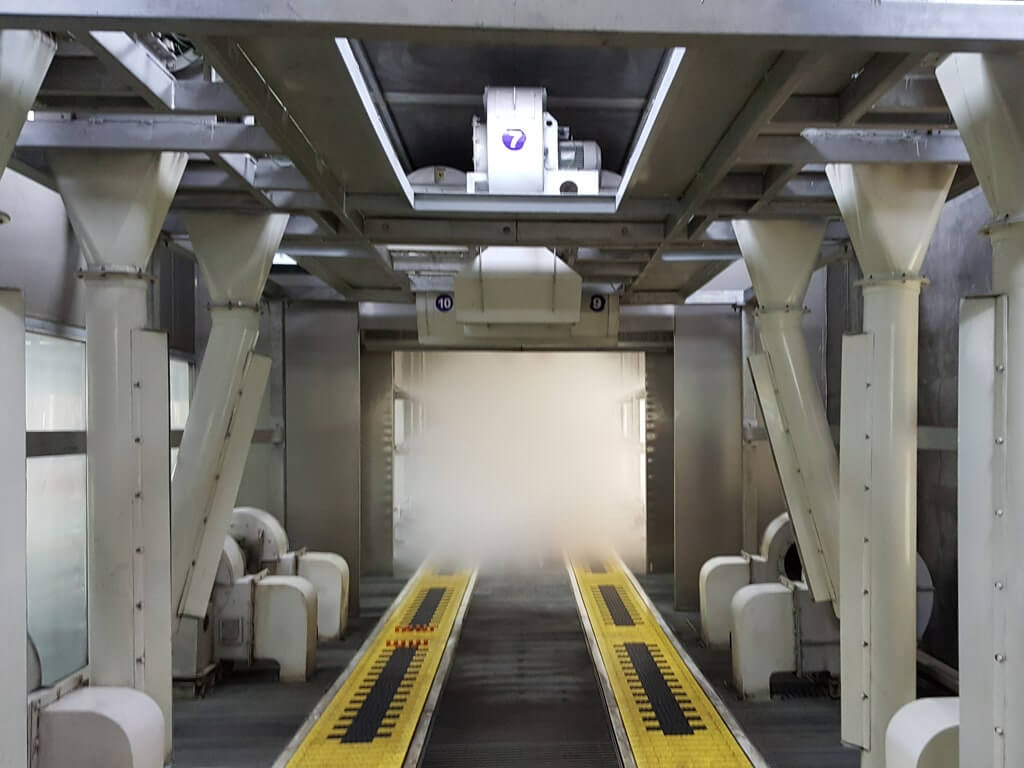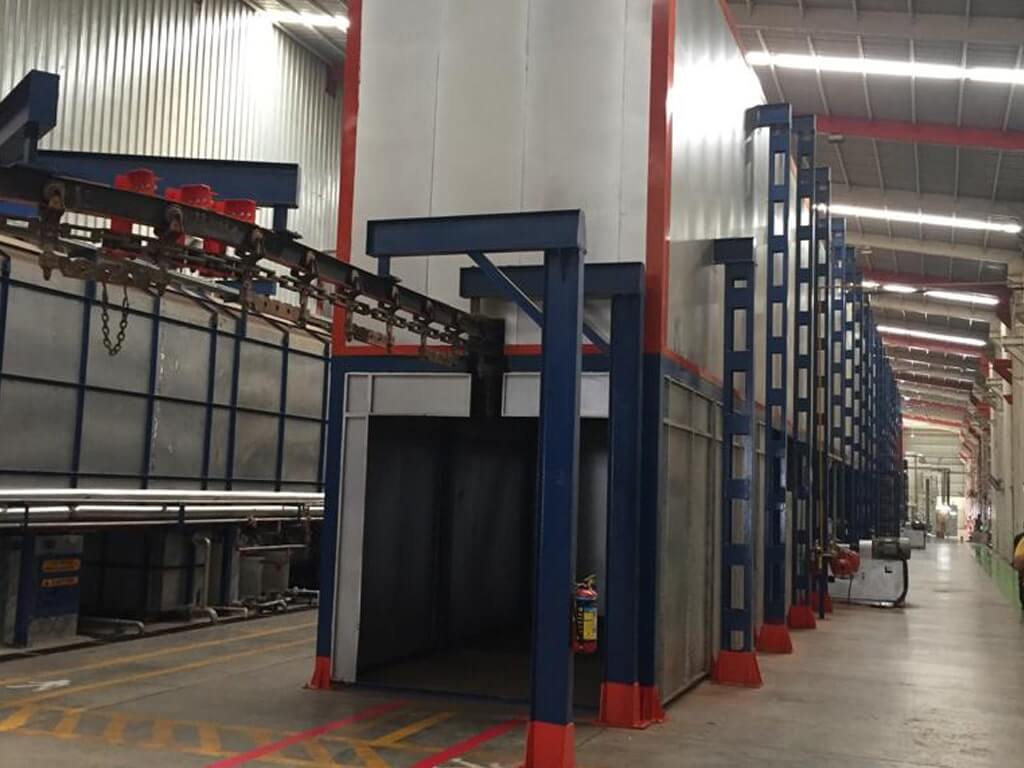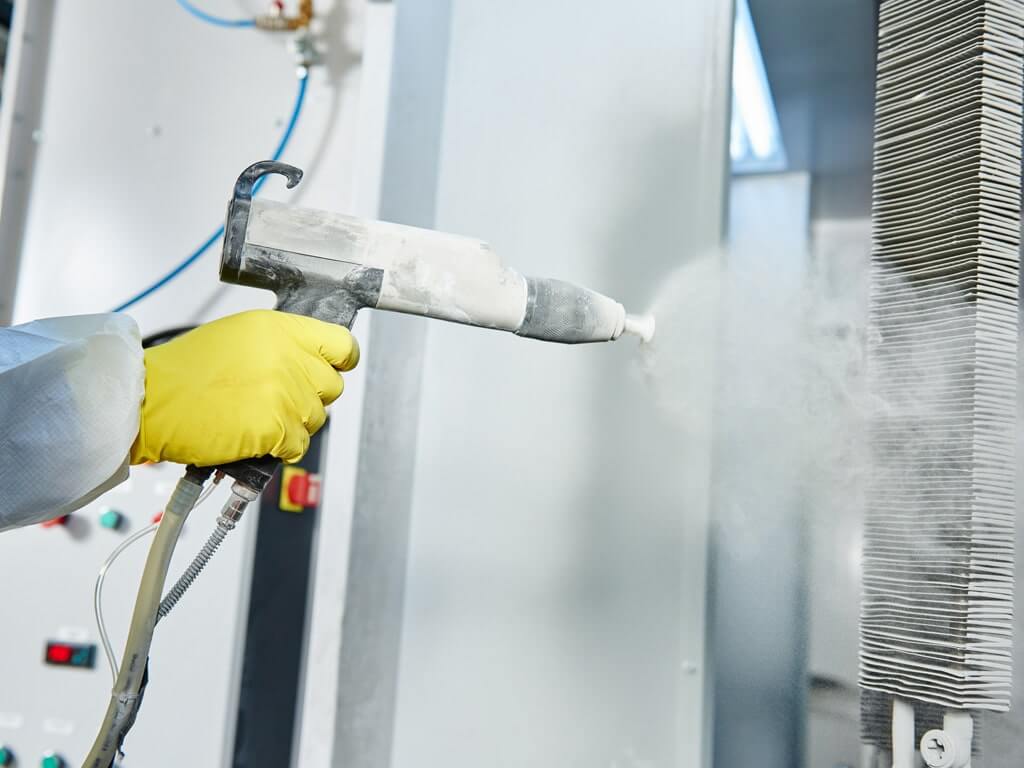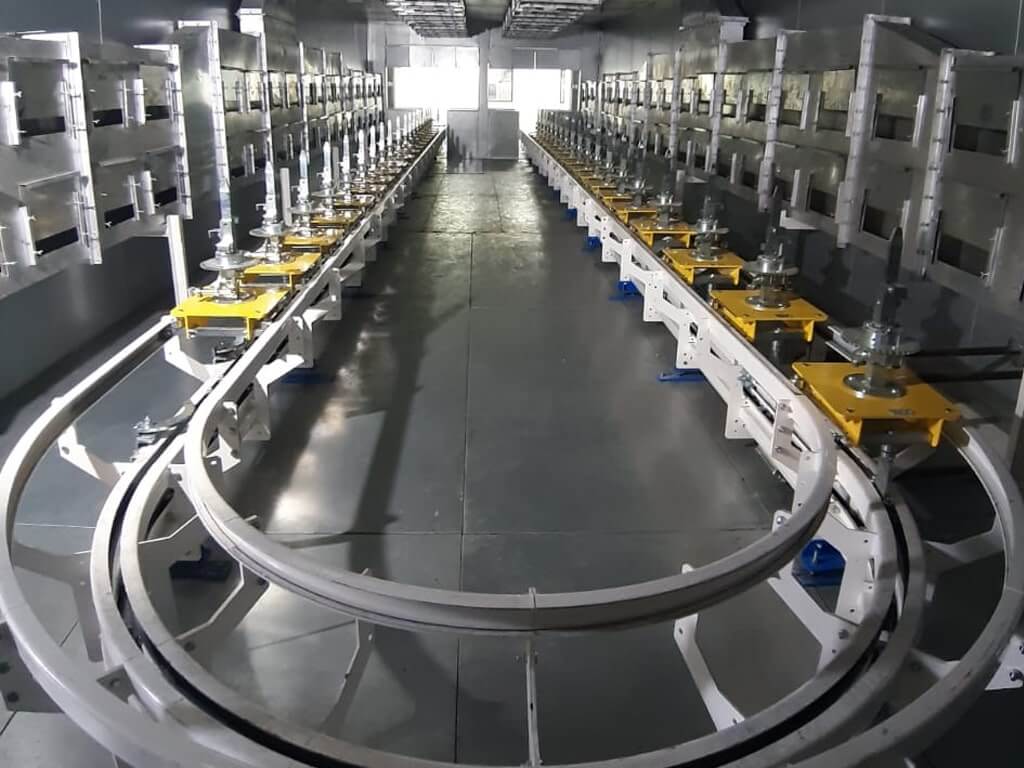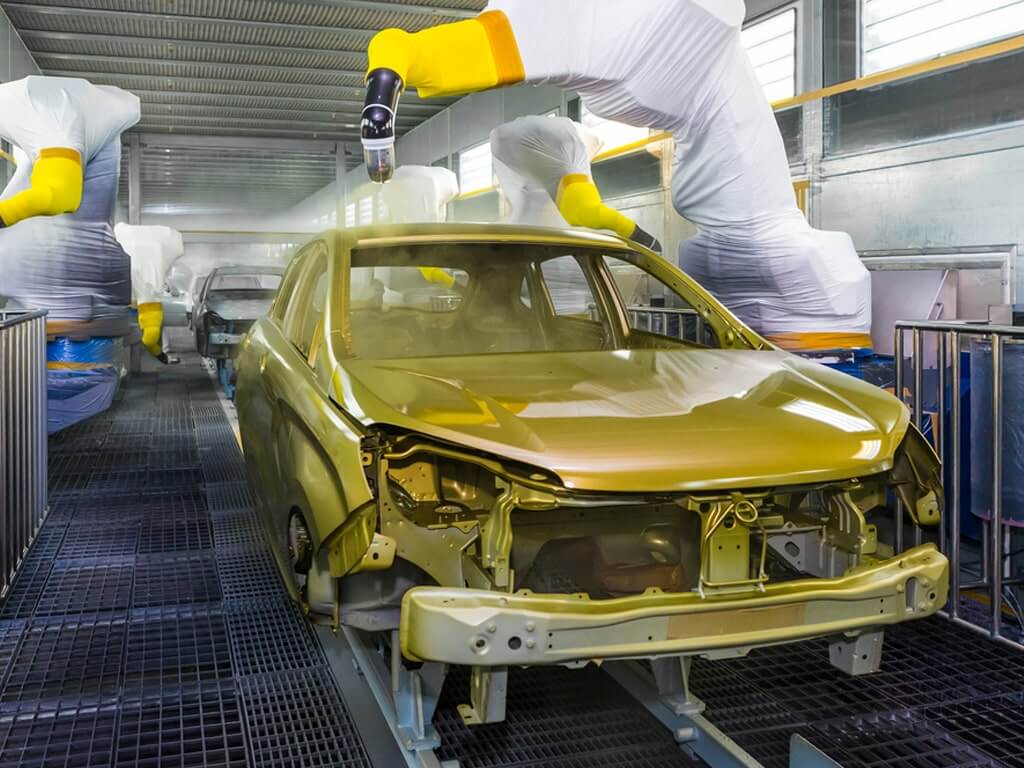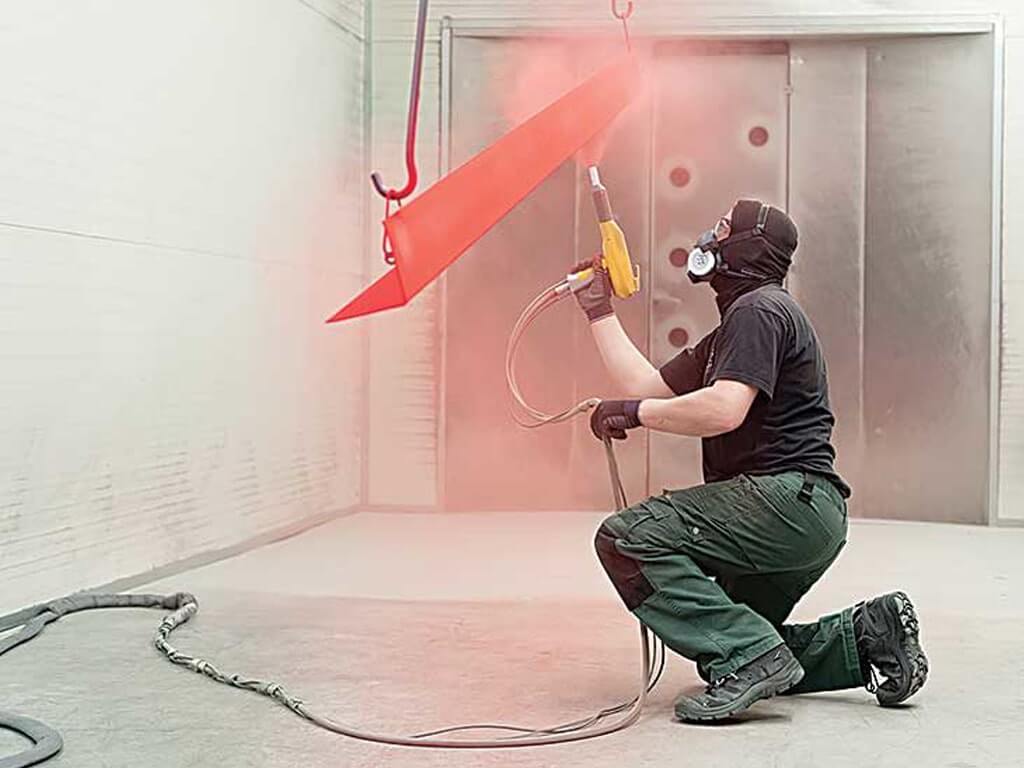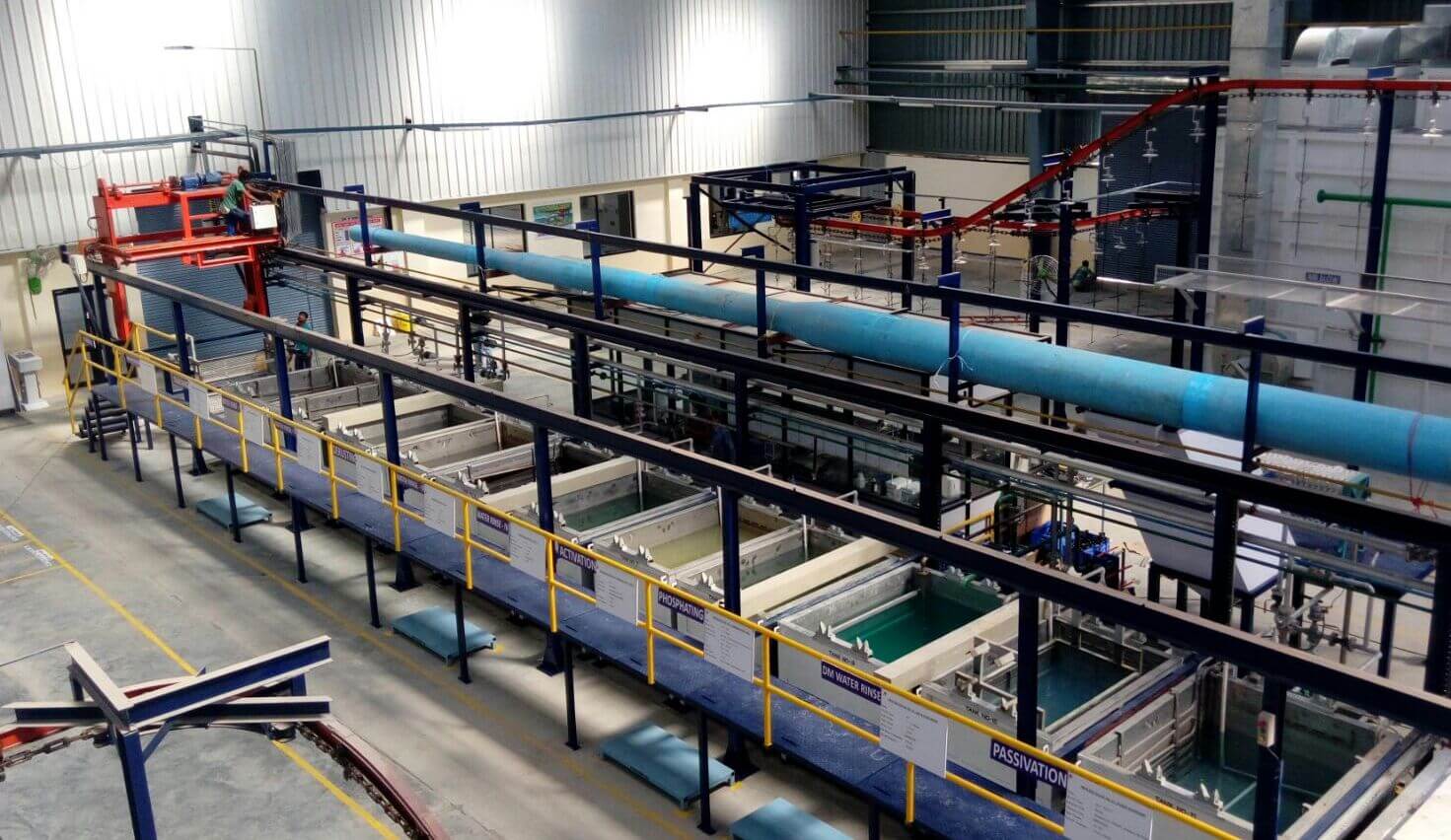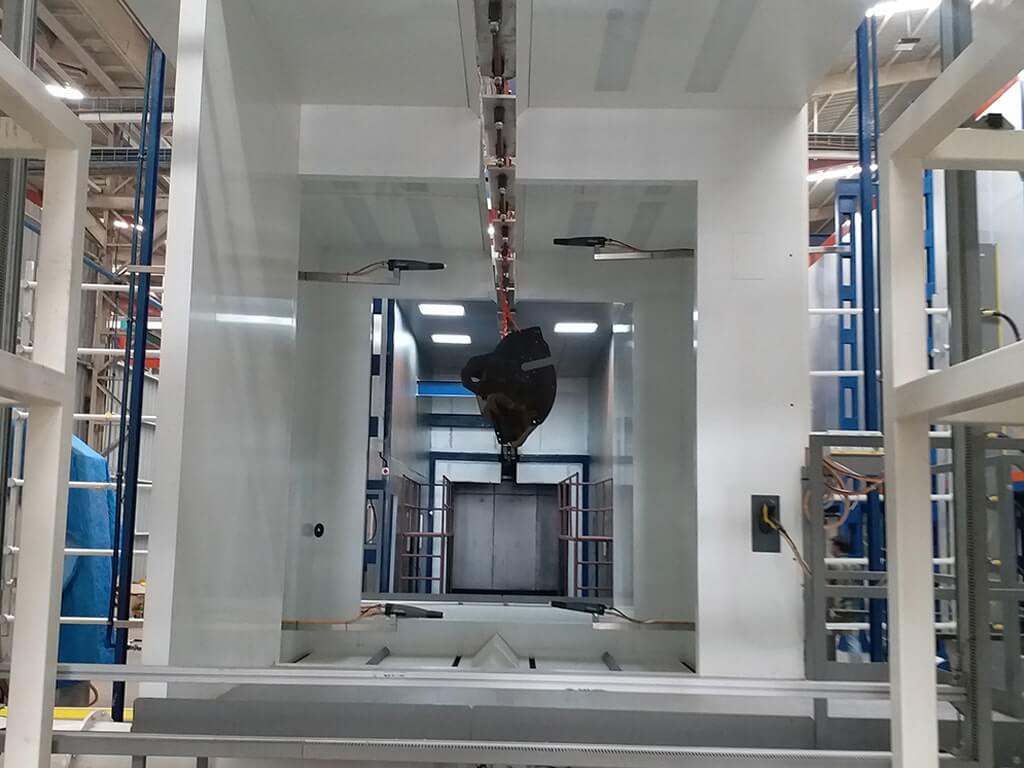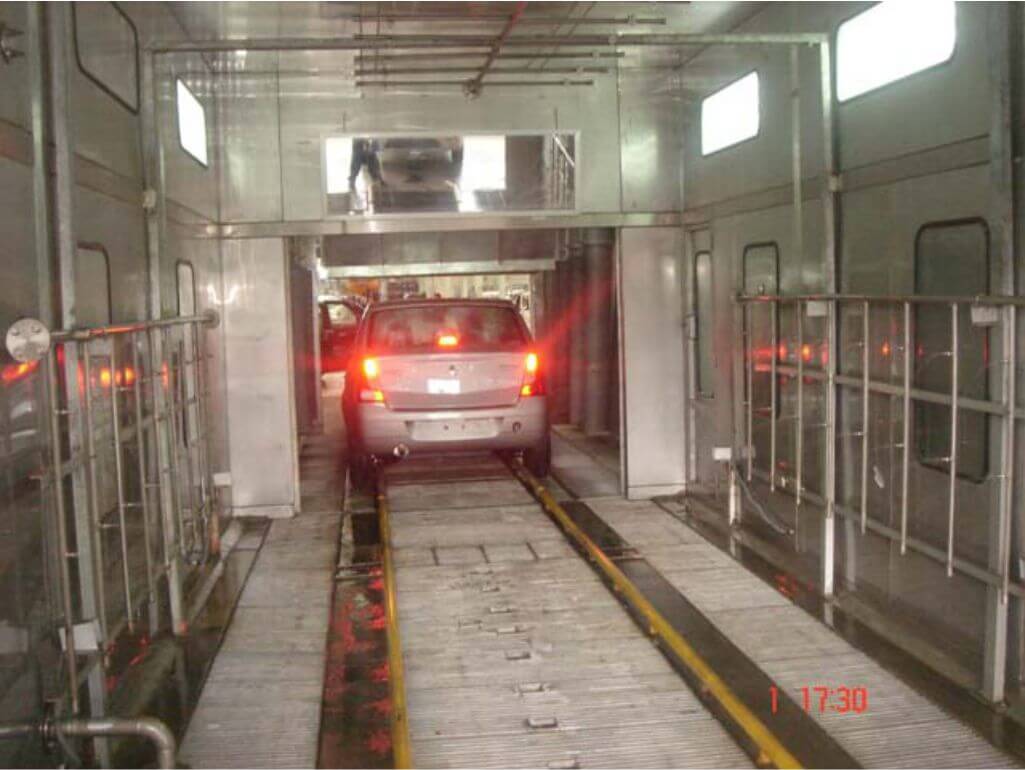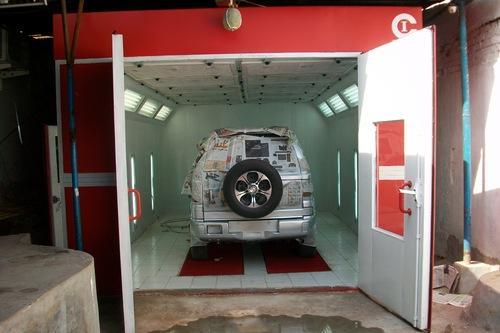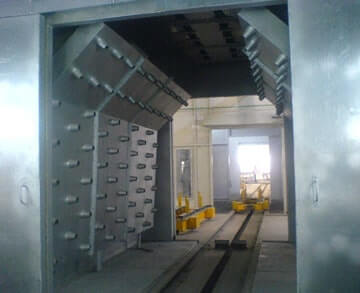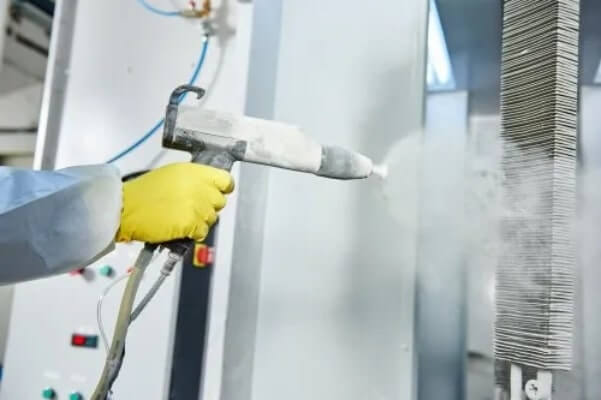
How to use powder coating to improve wear and tear resistance
How to use powder coating to improve wear and tear resistance
Powder coating is a dry finishing process that uses finely ground particles of pigment and resin that are electrostatically charged and sprayed onto a grounded surface. The coated part is then cured in an oven, which melts and fuses the powder into a hard, durable finish.
Powder coating is a popular choice for a variety of applications, including:
- Automotive parts
- Appliances
- Furniture
- Industrial equipment
- Outdoor structures
Powder coating is known for its excellent durability and wear and tear resistance. It is also resistant to corrosion, chemicals, and solvents. This makes it ideal for applications where the coating will be exposed to harsh conditions.
Benefits of powder coating for improved wear and tear resistance
Powder coating offers a number of benefits over other finishing methods, such as liquid painting:
Superior durability: Powder coatings are much more durable than liquid paints, especially when it comes to wear and tear. They are also more resistant to chipping, scratching, and fading.
Greater corrosion resistance: Powder coatings are also more resistant to corrosion than liquid paints. This makes them ideal for applications where the coating will be exposed to moisture or chemicals.
Chemical resistance: Powder coatings are also resistant to a wide range of chemicals, including solvents, acids, and alkalis. This makes them ideal for applications where the coating will be exposed to harsh chemicals.
Environmental benefits: Powder coating is a more environmentally friendly process than liquid painting. Powder coatings do not contain volatile organic compounds (VOCs), which are harmful to the environment.
Examples of how powder coating can improve wear and tear resistance in different applications
Here are a few examples of how powder coating can improve wear and tear resistance in different applications:
Automotive parts: Powder coating is often used on automotive parts, such as wheels, bumpers, and chassis components. Powder coating provides these parts with excellent durability and wear and tear resistance, even in harsh environments. For example, powder-coated wheels are less likely to chip or scratch than wheels painted with liquid paint.
Appliances: Powder coating is also used on a variety of appliances, such as refrigerators, stoves, and dishwashers. Powder coating provides these appliances with a durable and long-lasting finish. For example, powder-coated refrigerators are less likely to scratch or dent than refrigerators painted with liquid paint.
Furniture: Powder coating can be used on both indoor and outdoor furniture. Powder coating provides furniture with a durable and weather-resistant finish. For example, powder-coated outdoor furniture is less likely to rust or fade than furniture painted with liquid paint.
Industrial equipment: Powder coating is often used on industrial equipment, such as machine tools, conveyor belts, and storage racks. Powder coating provides this equipment with a durable and chemical-resistant finish. For example, powder-coated machine tools are less likely to be damaged by metalworking fluids and other chemicals.
Outdoor structures: Powder coating is also used on a variety of outdoor structures, such as fences, railings, and playground equipment. Powder coating provides these structures with a durable and weather-resistant finish. For example, powder-coated fences are less likely to rust or peel than fences painted with liquid paint.
How to choose the right powder coating for your needs
There are a variety of different powder coatings available, each with its own unique properties. When choosing a powder coating, it is important to consider the following factors:
The type of substrate: Powder coatings can be applied to a variety of different substrates, including metal, plastic, and wood. It is important to choose a powder coating that is compatible with the substrate.
The environment of the coating: The coating will be exposed to what elements? Will it be exposed to UV rays, chemicals, or other harsh conditions? Choose a powder coating that is designed to withstand the environment it will be exposed to.
The desired appearance: Powder coatings are available in a wide range of colors and finishes. Choose a powder coating that will give your product the desired appearance.
How to prepare your substrate for powder coating
Before powder coating, the substrate must be properly prepared. This involves cleaning the substrate to remove any dirt, grease, or other contaminants. The substrate may also need to be sanded or blasted to create a smooth surface.
The powder coating process is typically as follows:
- The substrate is cleaned and prepared.
- The powder coating is applied to the substrate using an electrostatic spray gun.
- The coated part is cured in an oven.
- The curing process melts and fuses the powder particles into a hard, durable finish.

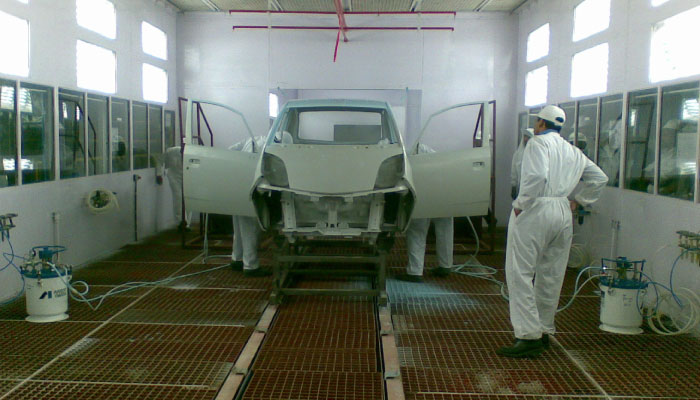
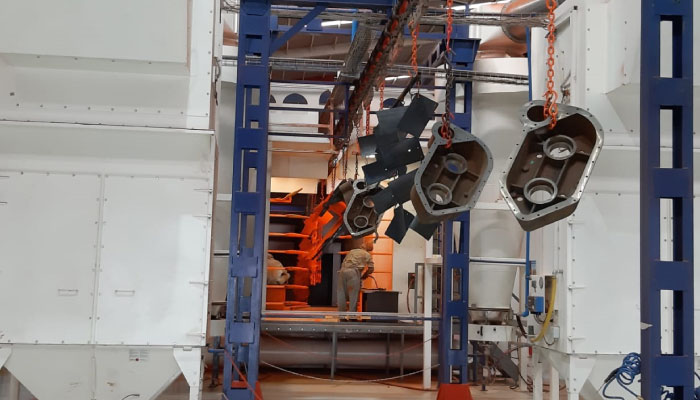
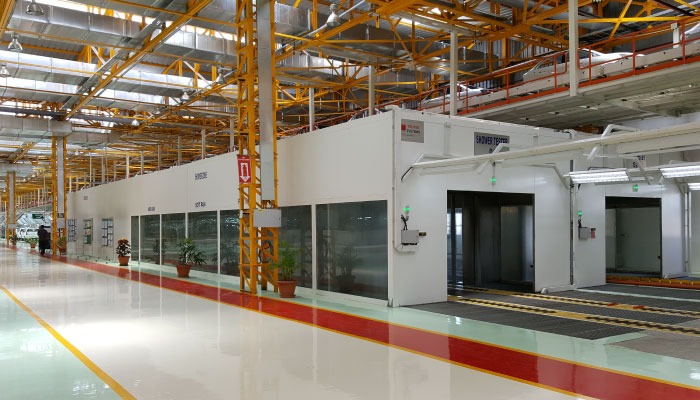
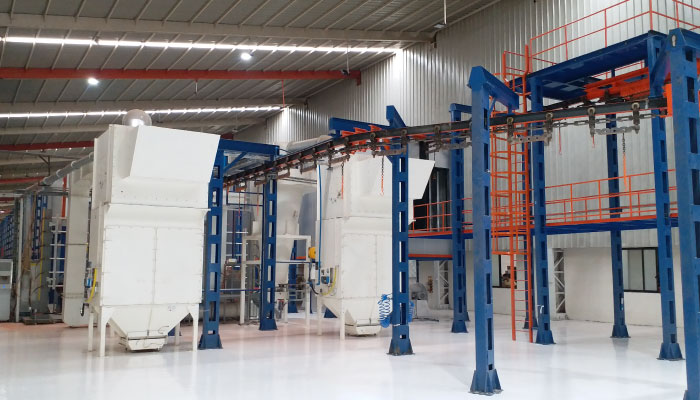
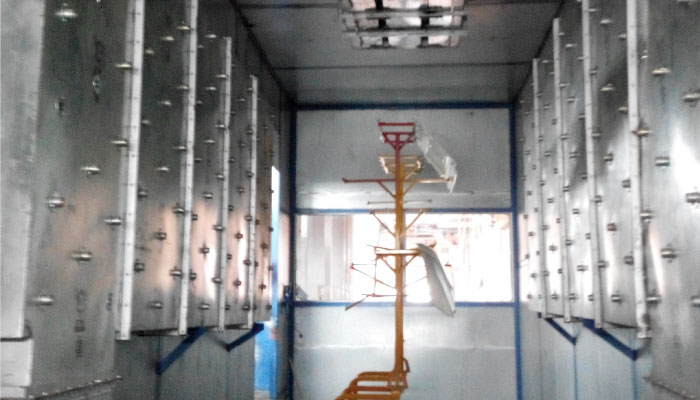
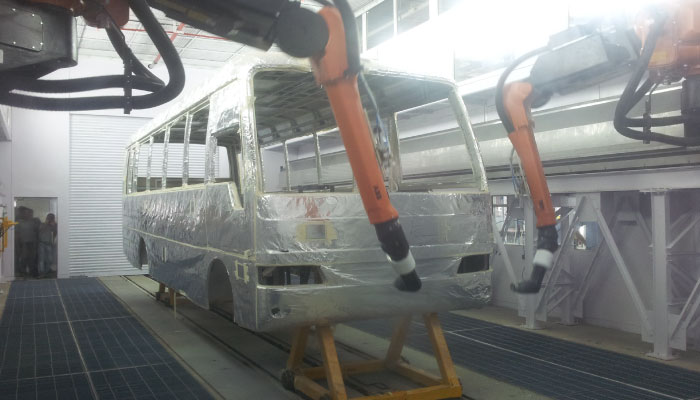
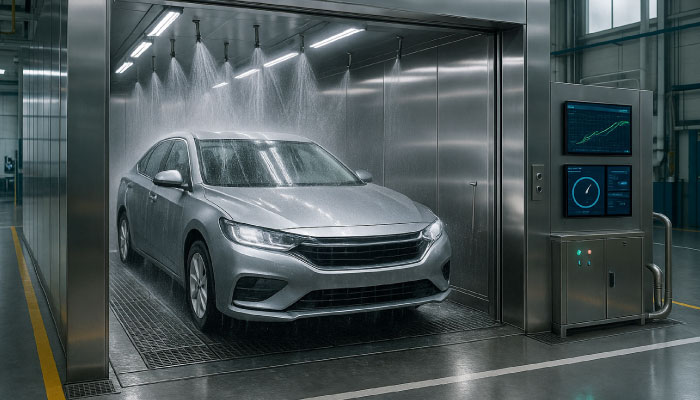
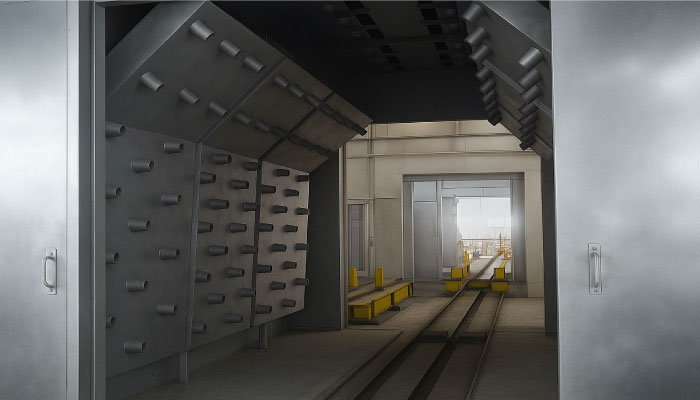
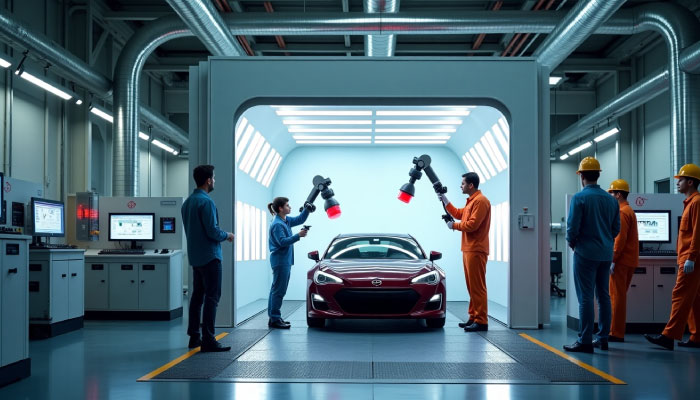
.jpg)
.jpg)

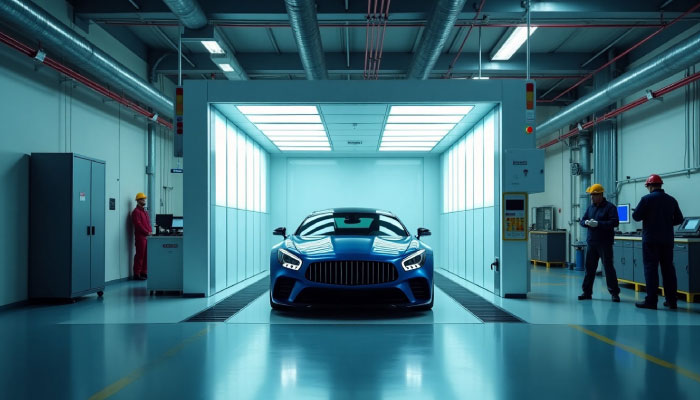
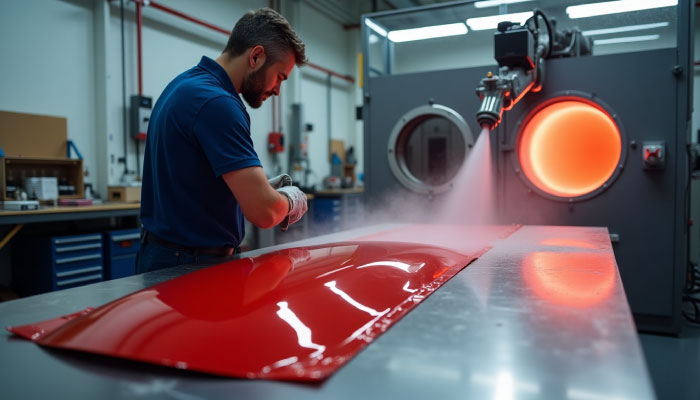

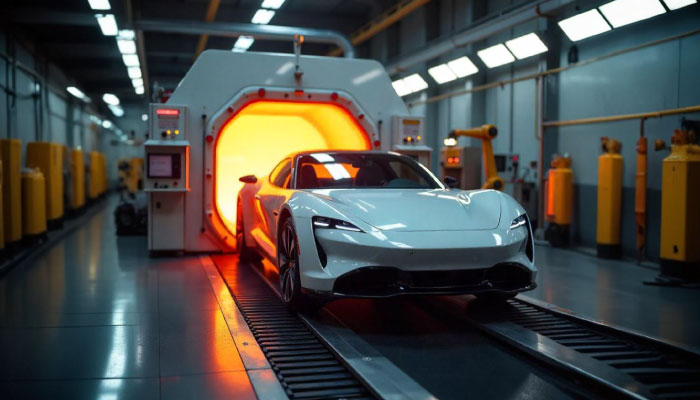
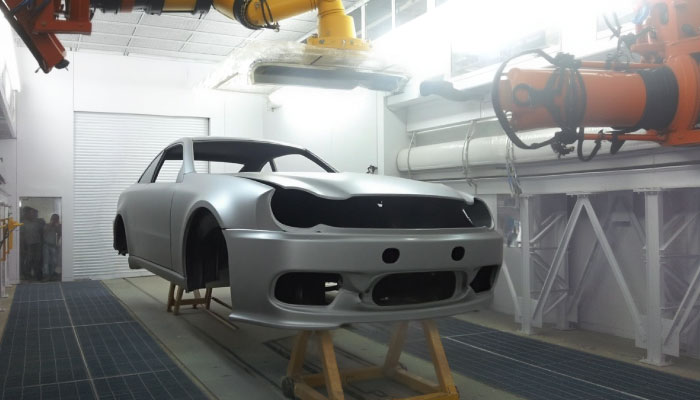
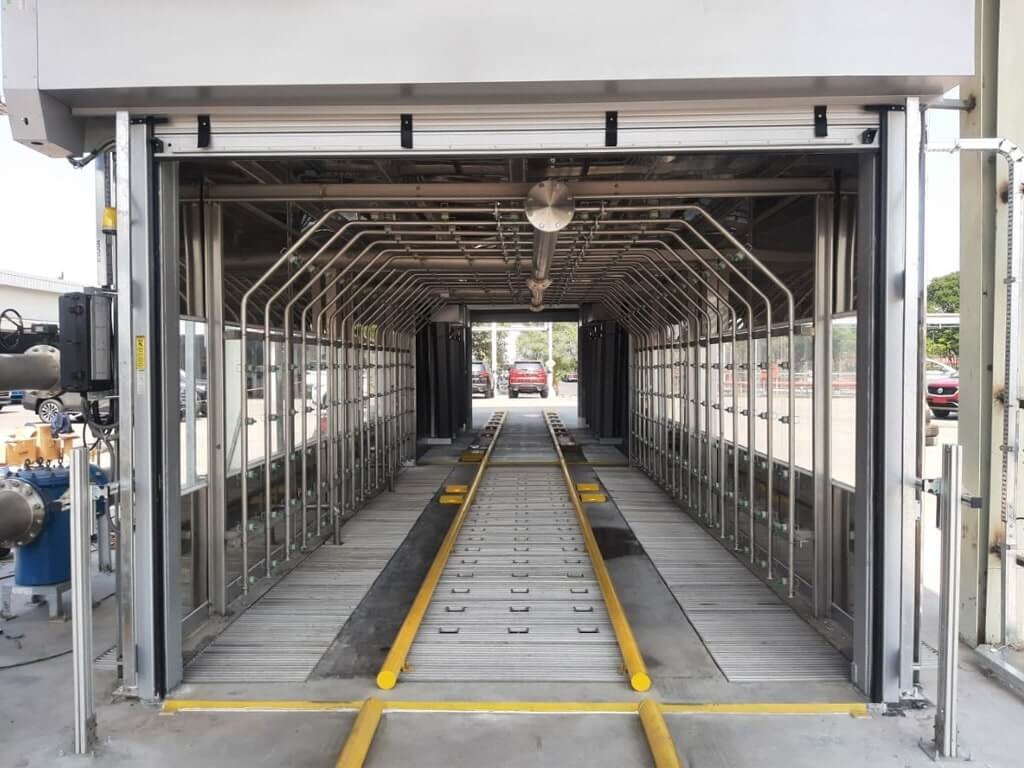
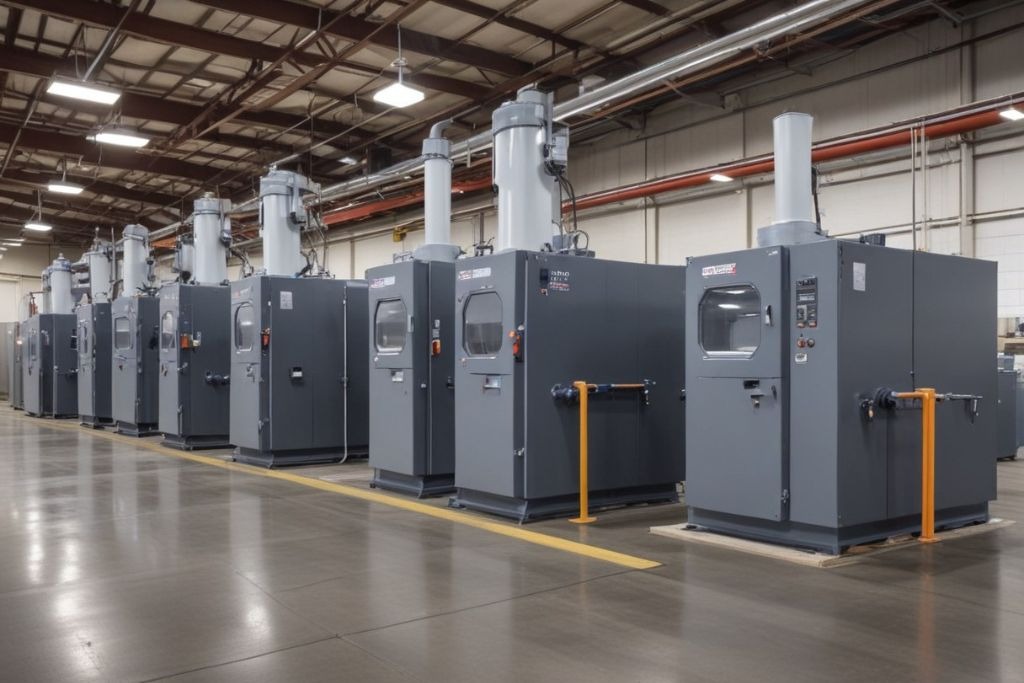
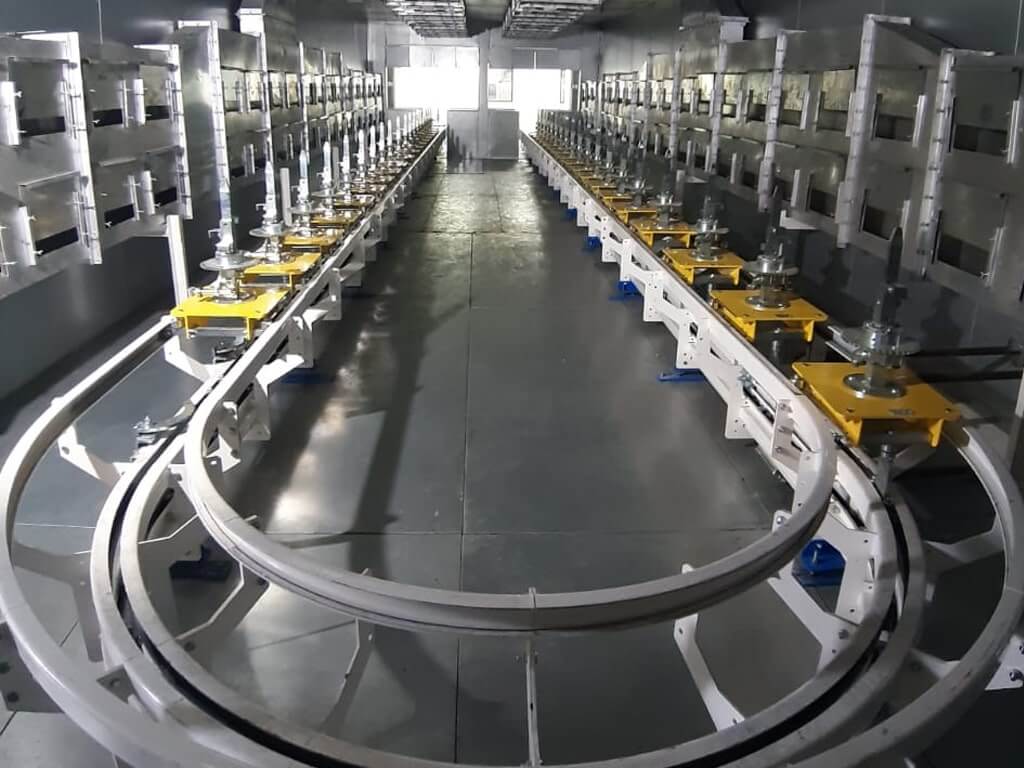
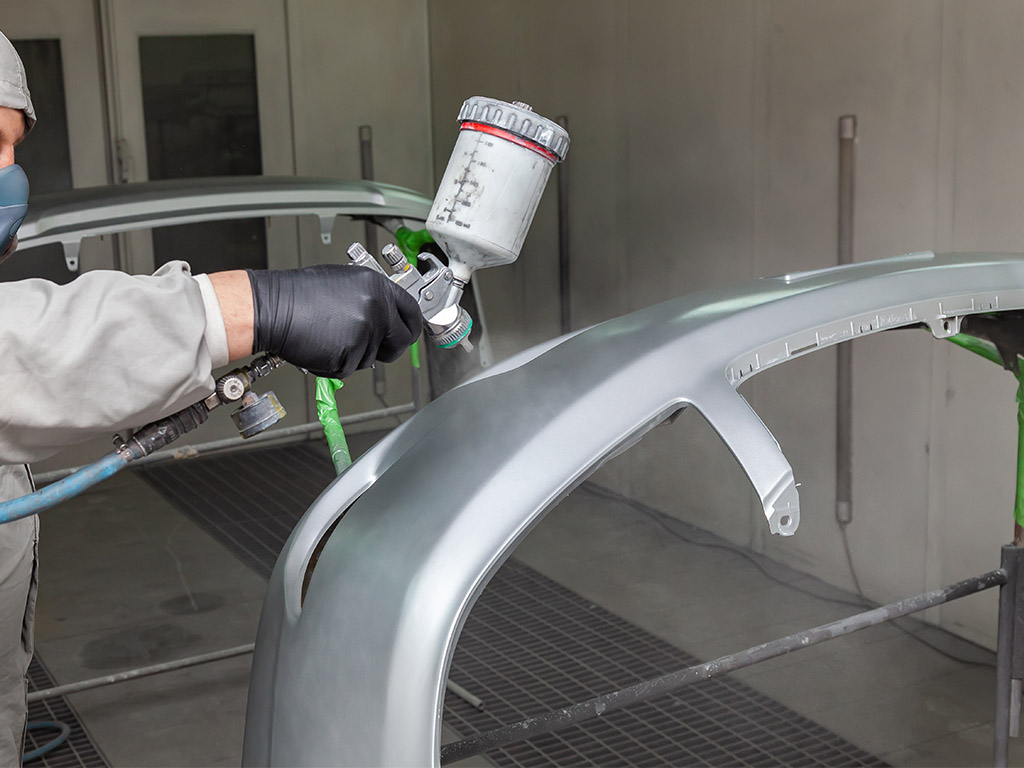
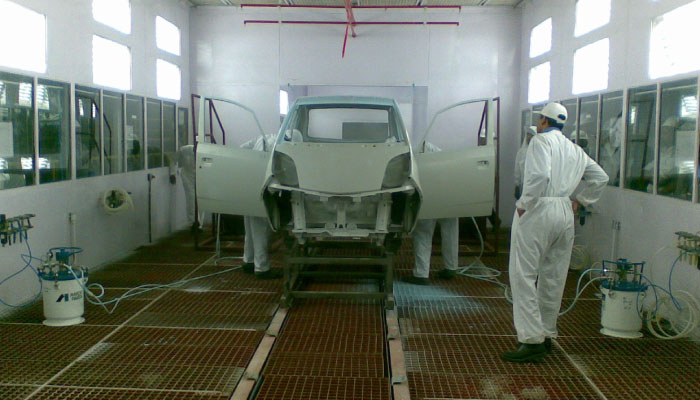
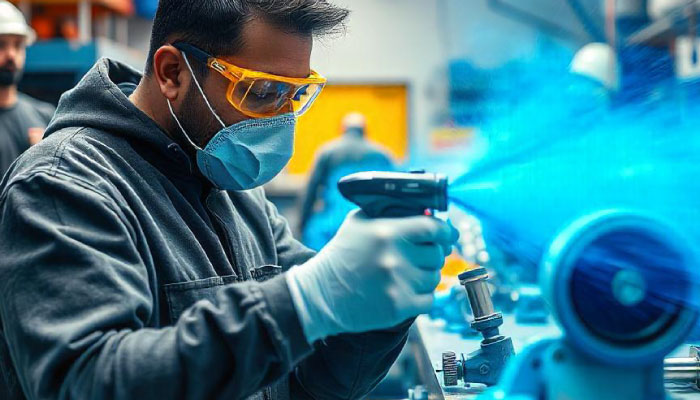
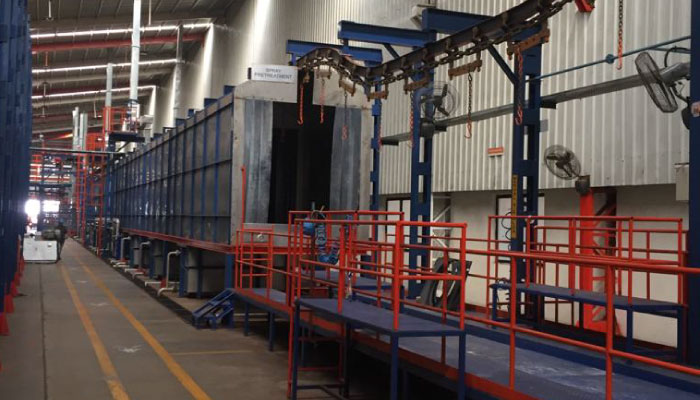
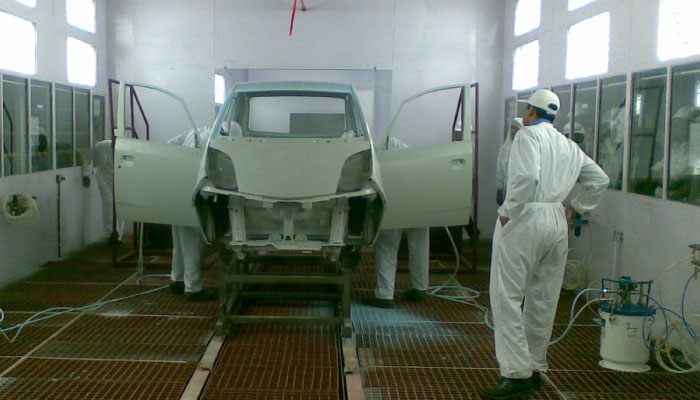
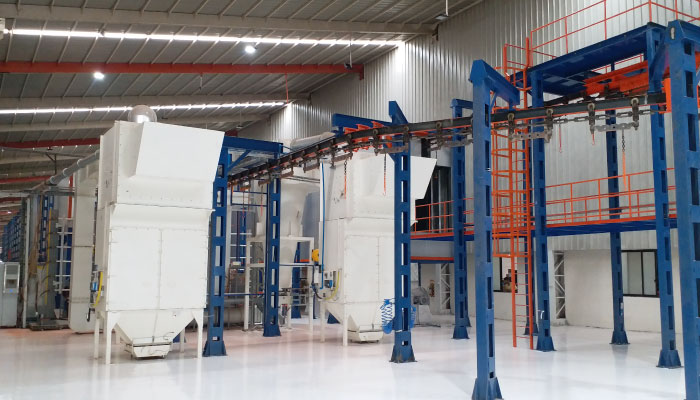
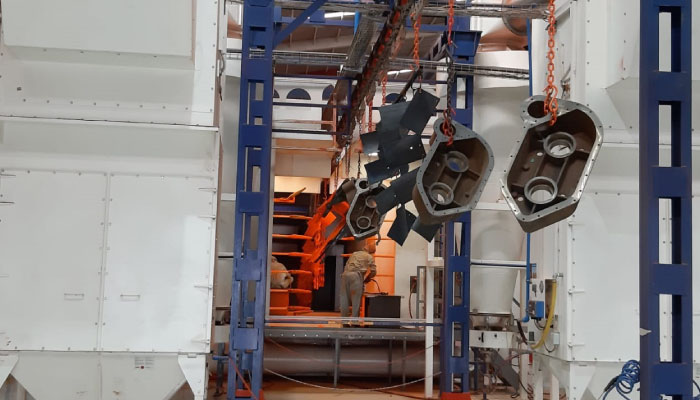
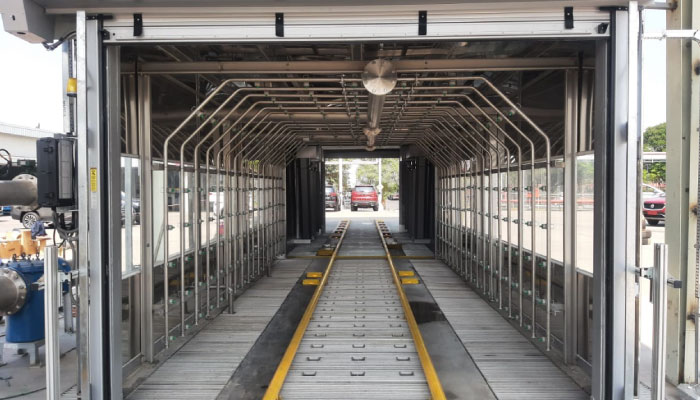
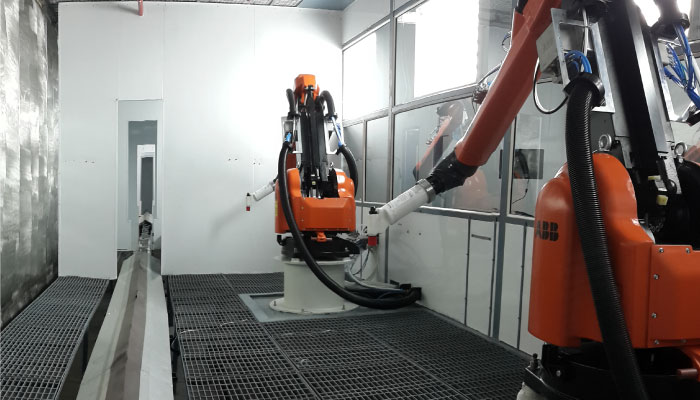
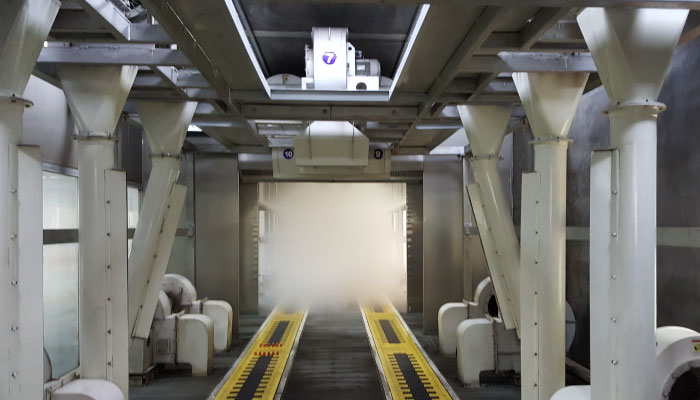
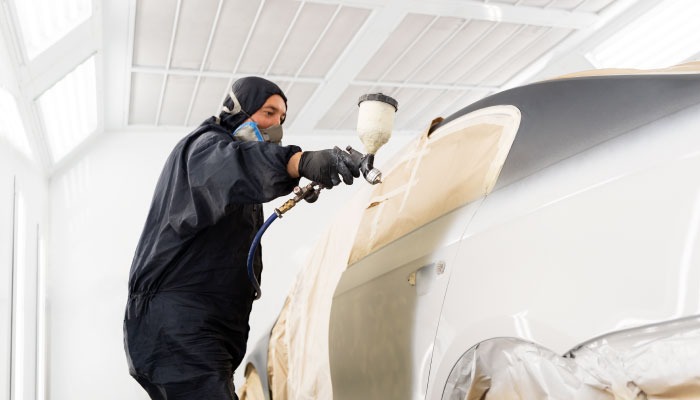

.png)
.png)
.jpg)
.png)
.jpg)
.jpg)
.jpg)
.jpg)
.jpg)
.jpg)
.jpg)
.jpg)
.jpg)
.jpg)
.jpg)
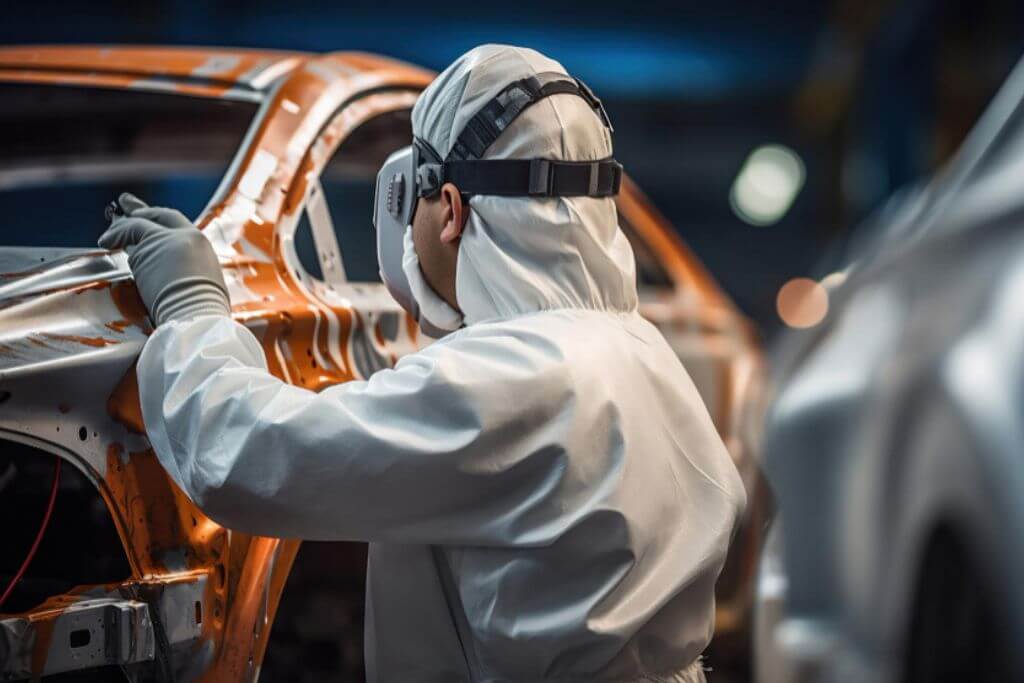
hh.jpg)
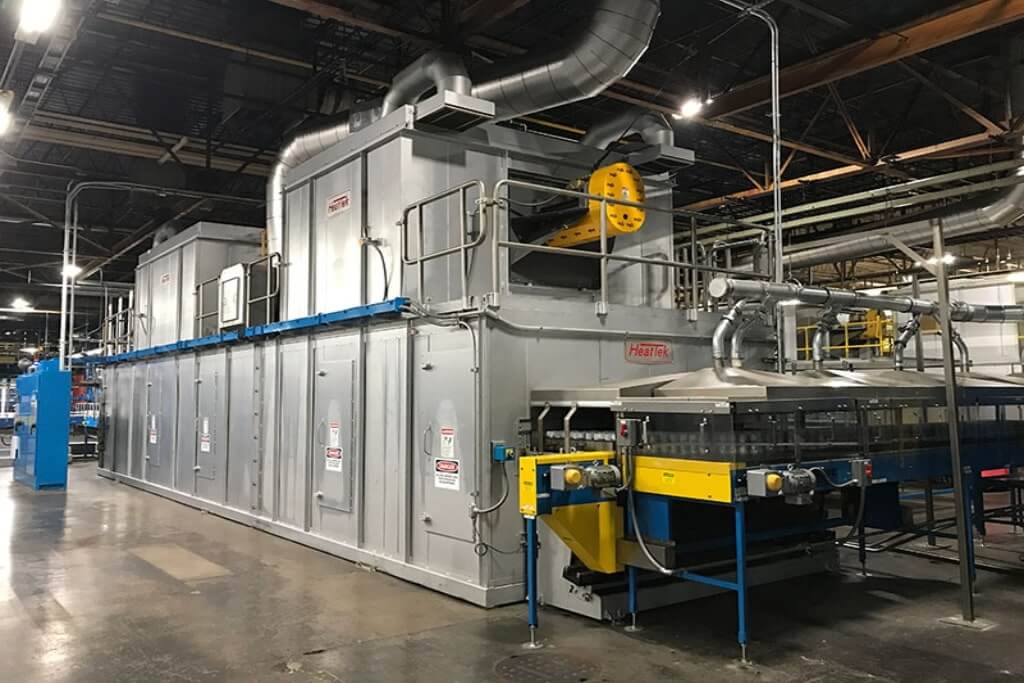
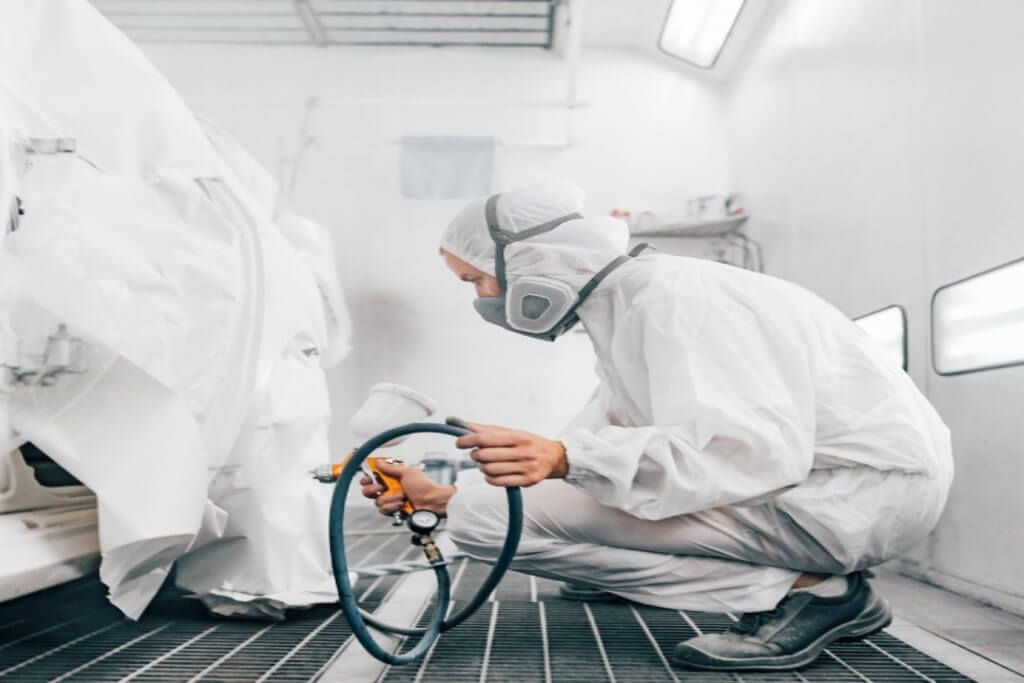
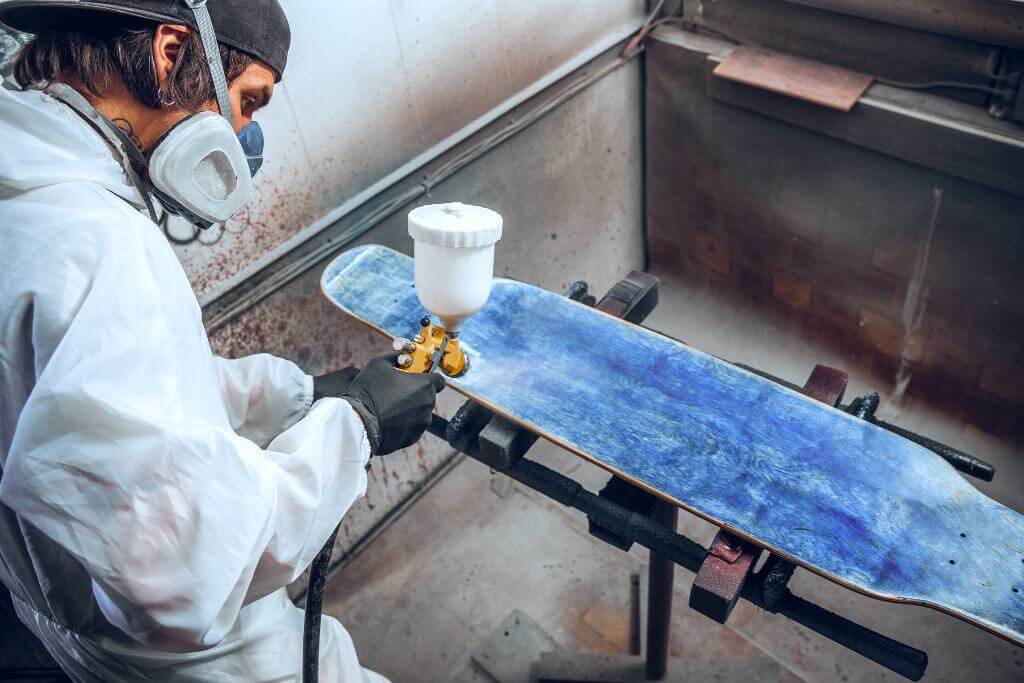
5.jpg)
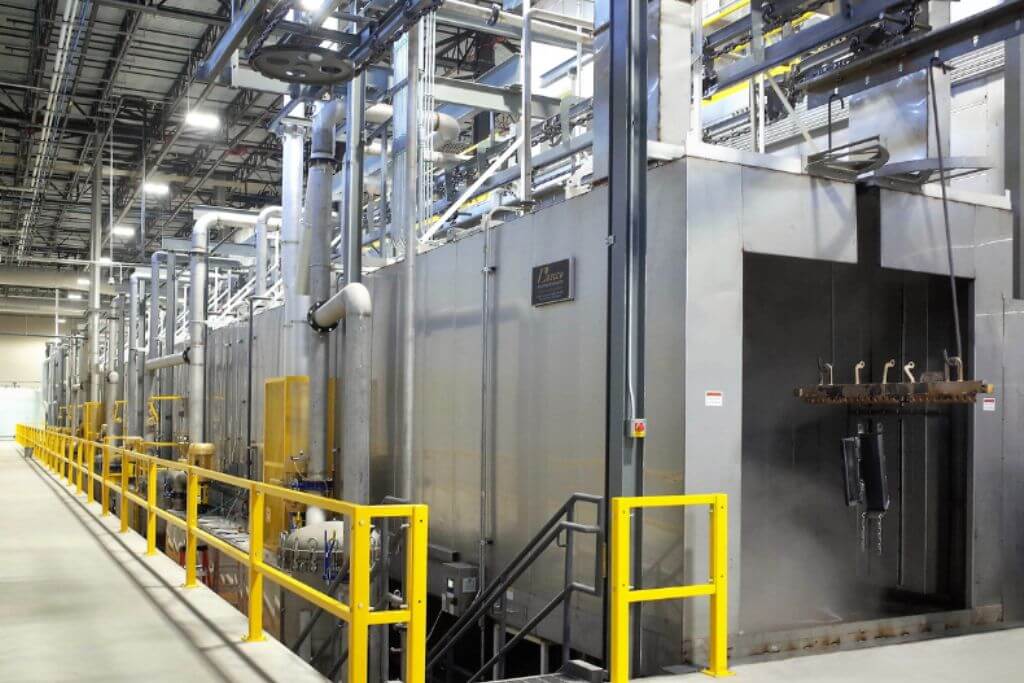
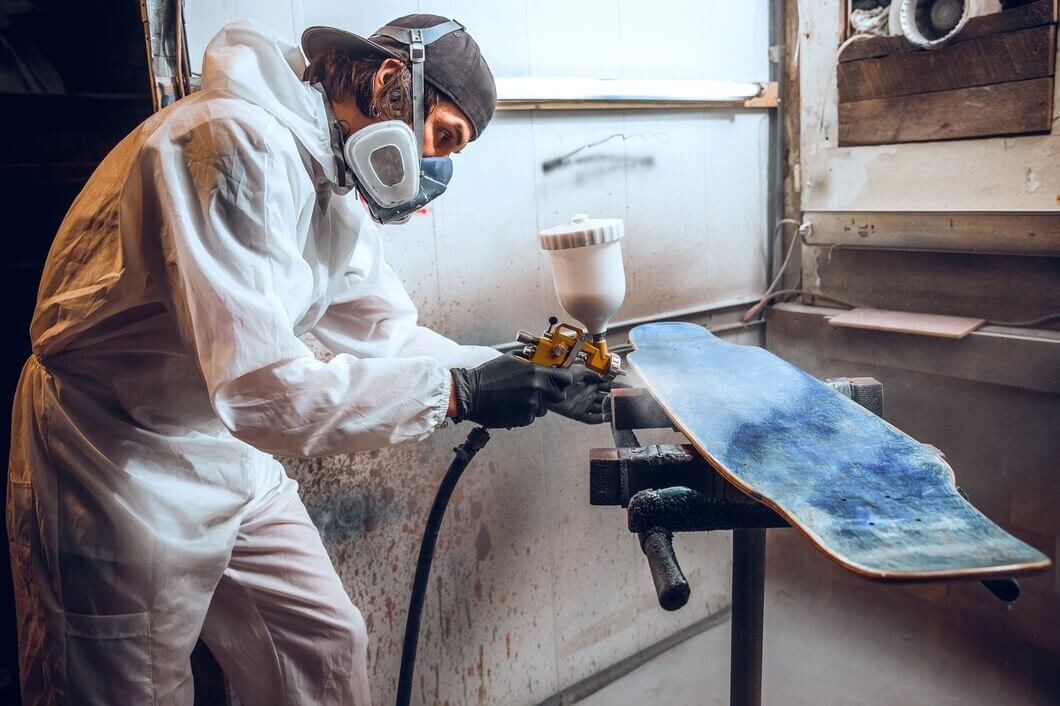
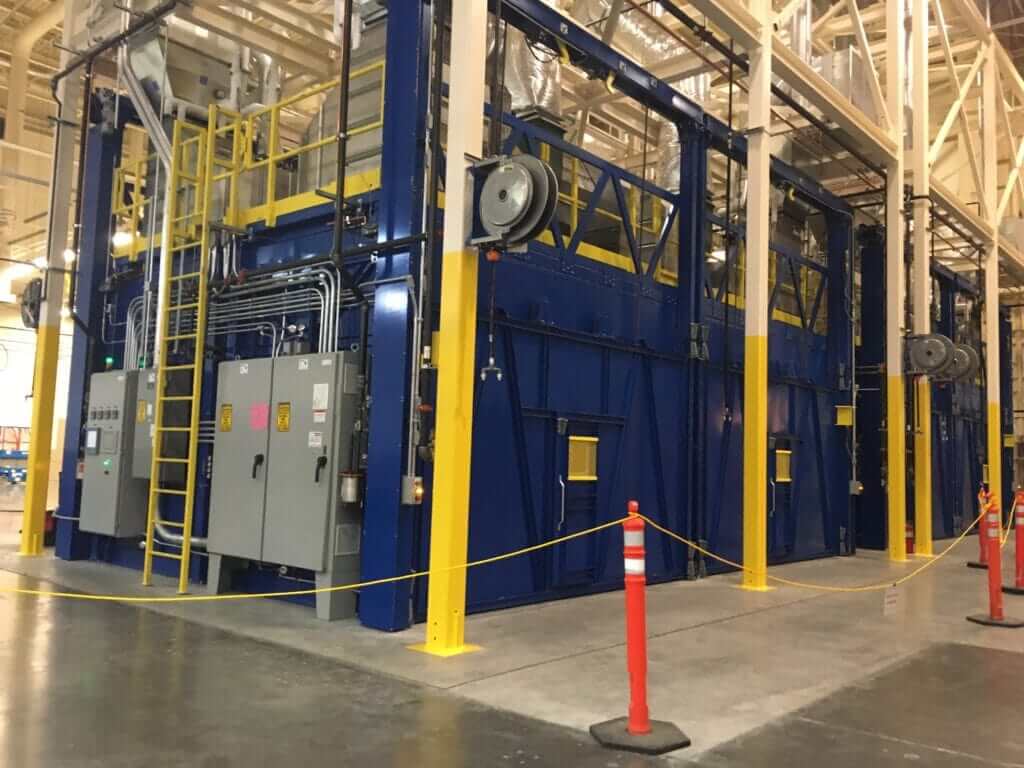
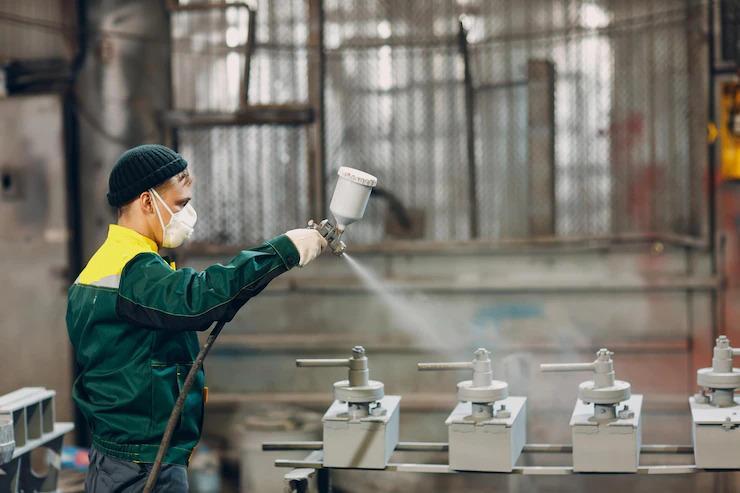
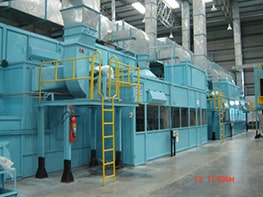
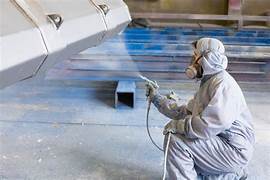
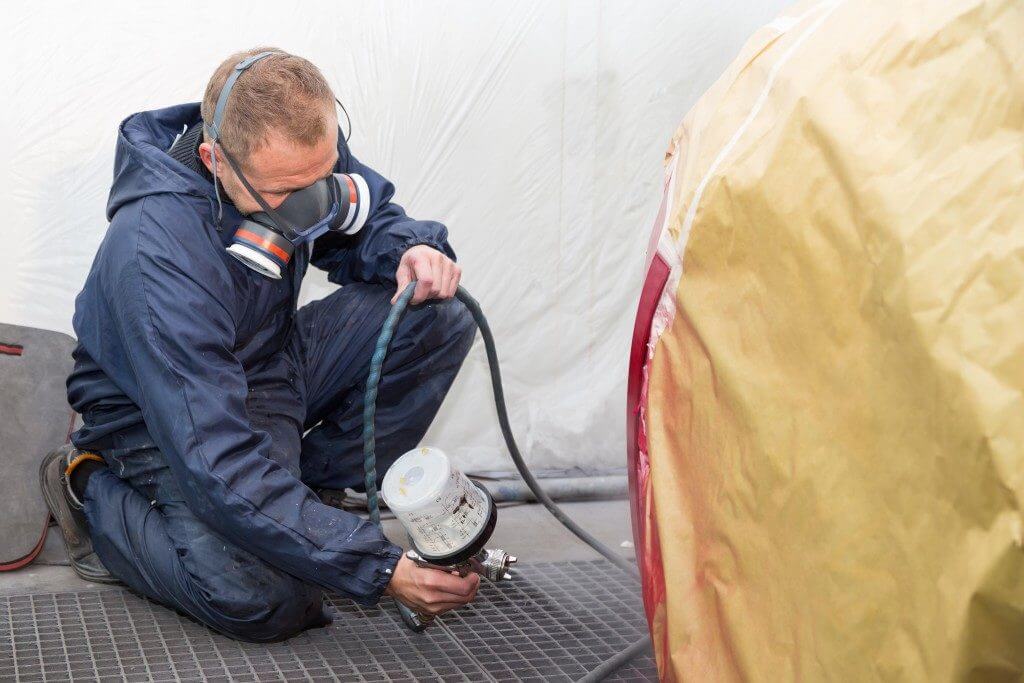
.jpg)
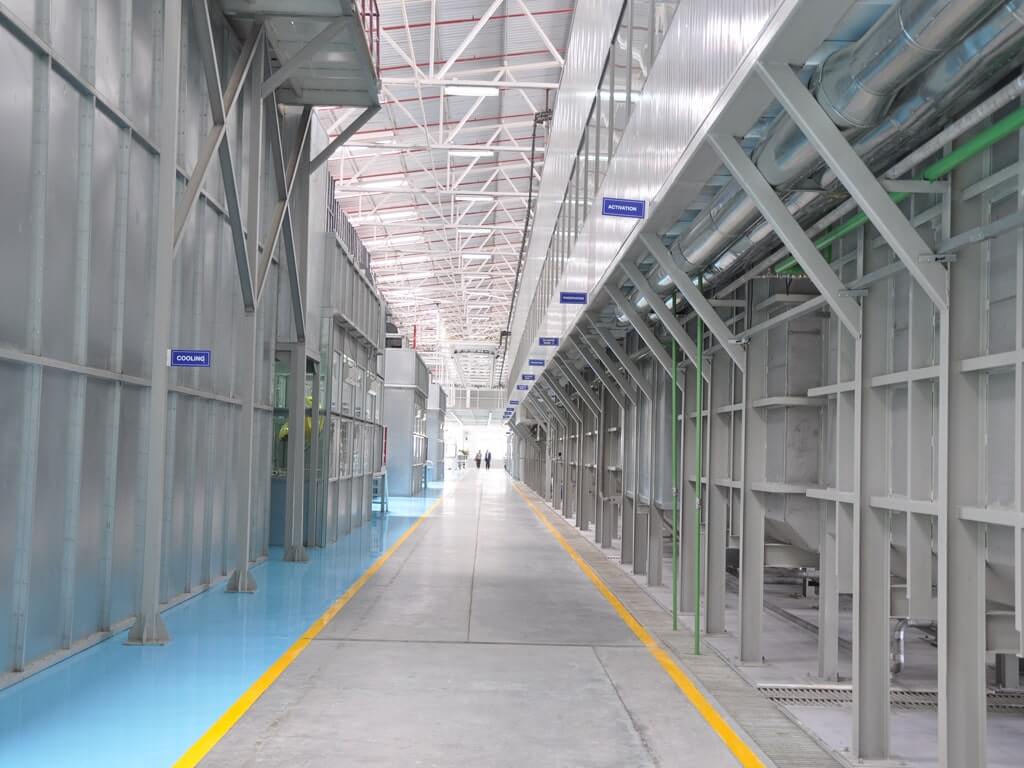
.jpeg)
